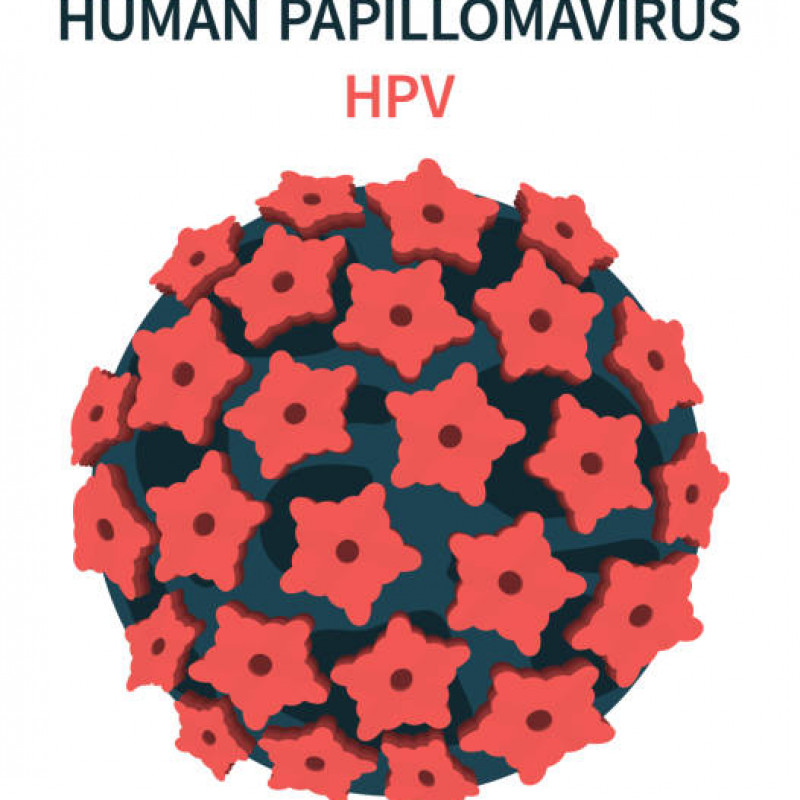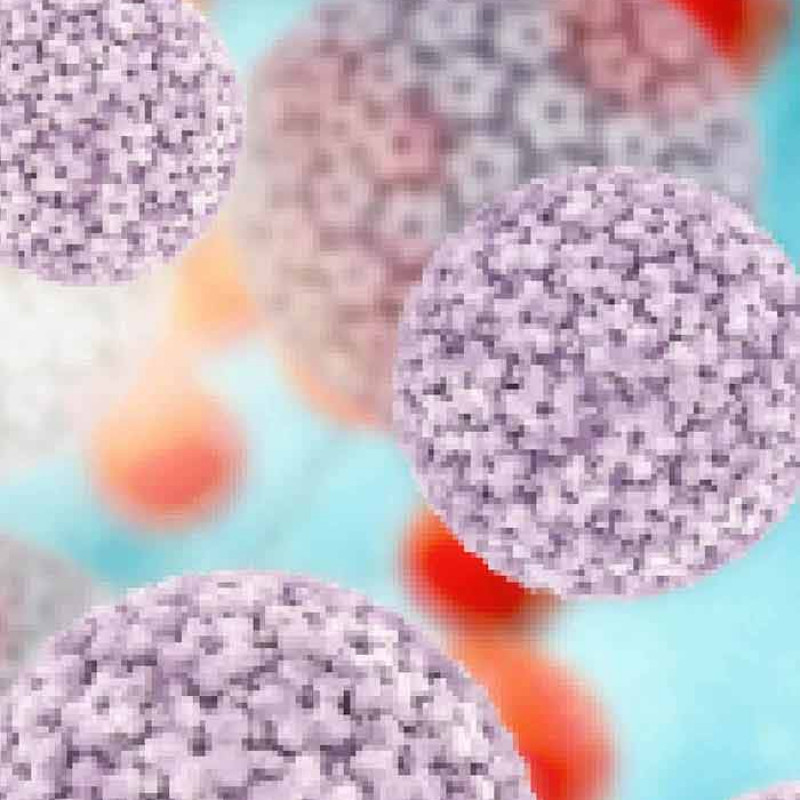Human papillomavirus (HPV) is a double stranded DNA virus that infects squamous epithelia including the skin and mucosae of the upper respiratory and anogenital tracts. HPV is the most common viral infection of the reproductive tract. Most sexually active women and men will be infected at some point in their lives, and some may be repeatedly infected. More than 90% of the infected populations eventually clear the infection.
Clinical Manifestations:
Low risk HPV rarely develops into cancer but can cause symptoms, such as genital warts, around the genitals and anus. These symptoms are not always visible, however. For example, they may occur inside the anus, vagina, or cervix.
High risk HPV may not present with any symptoms. Without treatment, however, it can cause several cancers, including cervical, vaginal, vulvar, oropharyngeal and anal.
In most cases, your body's immune system defeats an HPV infection before it creates warts. When warts do appear, they vary in appearance depending on which kind of HPV is involved:
- Genital warts: These appear as flat lesions, small cauliflower-like bumps or tiny stemlike protrusions. In women, genital warts appear mostly on the vulva but can also occur near the anus, on the cervix or in the vagina. In men, genital warts appear on the penis and scrotum or around the anus. Genital warts rarely cause discomfort or pain, though they may itch or feel tender.
- Common warts: Common warts appear as rough, raised bumps and usually occur on the hands and fingers. In most cases, common warts are simply unsightly, but they can also be painful or susceptible to injury or bleeding.
- Plantar warts: Plantar warts are hard, grainy growths that usually appear on the heels or balls of your feet. These warts might cause discomfort.
- Flat warts: Flat warts are flat-topped, slightly raised lesions. They can appear anywhere, but children usually get them on the face and men tend to get them in the beard area. Women tend to get them on the legs.
Risk Factors
While certain high-risk HPV strains are associated with certain cancers, scientists are still unsure why cancer will develop in some people with HPV and not others. It is believed that genetics and family history play a part in this. At the same time, a person's environment, lifestyle, and general health (including past infections) can also contribute. Beyond the HPV strain and location of the infection, there are other factors that can increase a person's risk of developing cancer from HPV. Among them:
- Persistent HPV infection (lasting longer than 24 months).
- HIV co-infection (and other forms of immune suppression).
- Chlamydia and possibly herpes simplex virus infection.
- Oral contraceptives (increasing cervical cancer risk).
- Having more than three full-term pregnancies (increasing cervical cancer risk).
- Anal fistula (increasing anal cancer risk).
- Being a man who has sex with men (increasing anal cancer risk).
- Cigarette smoking (impacting all cancer types).
Complications
If HPV, and especially high-risk HPV, is left untreated, it can have long-lasting effects on your body and could lead to cancer in parts of your body where cells are infected. This includes the cervix, oropharynx (the part of the throat at the back of the mouth, behind the oral cavity that also includes the back third of the tongue, the soft palate, the side and back walls of the throat, and the tonsils), anus, penis, vagina, and vulva.
Important information
- Sample type: Urine
- Kits will be posted to you containing instruction
- Take the test according to the instruction
- Post the kits back to us using our pre-paid envelope
- Your sample will be received by our laboratory team depending on the day and time of postage.
- If you purchase your test on Monday – Friday by 12.00 noon, you will receive your test kits the following day. However, any test purchased after 12.00 noon will be dispatched the day after we receive your order.
- Please note that any samples sent to us on Saturday will be received by our laboratory team on Monday.
- Our turnaround time is 2 working days upon receipt of your samples.
- If you drop your samples directly to our laboratory, your result will be ready within 22-48 hours upon receipt.



